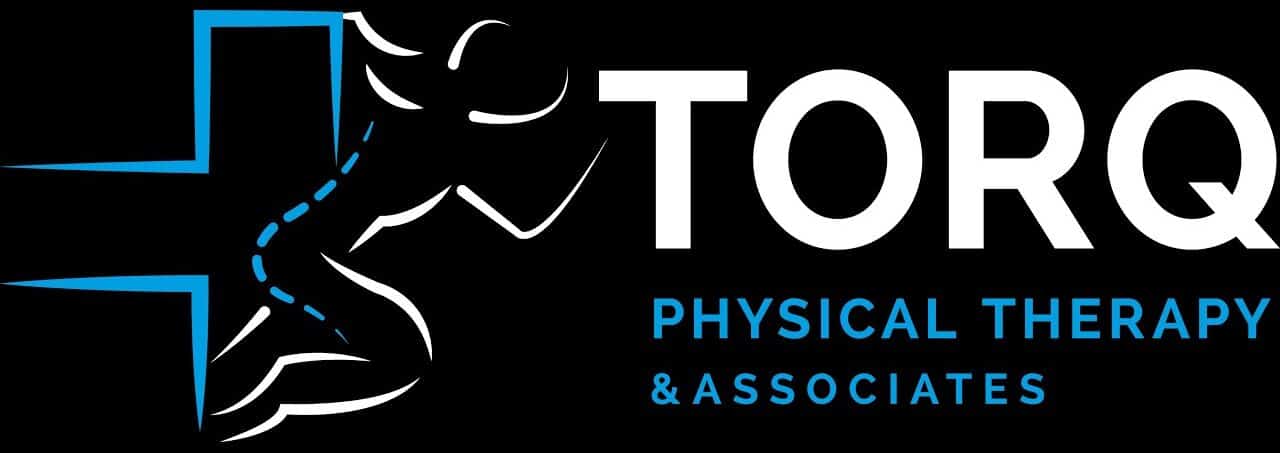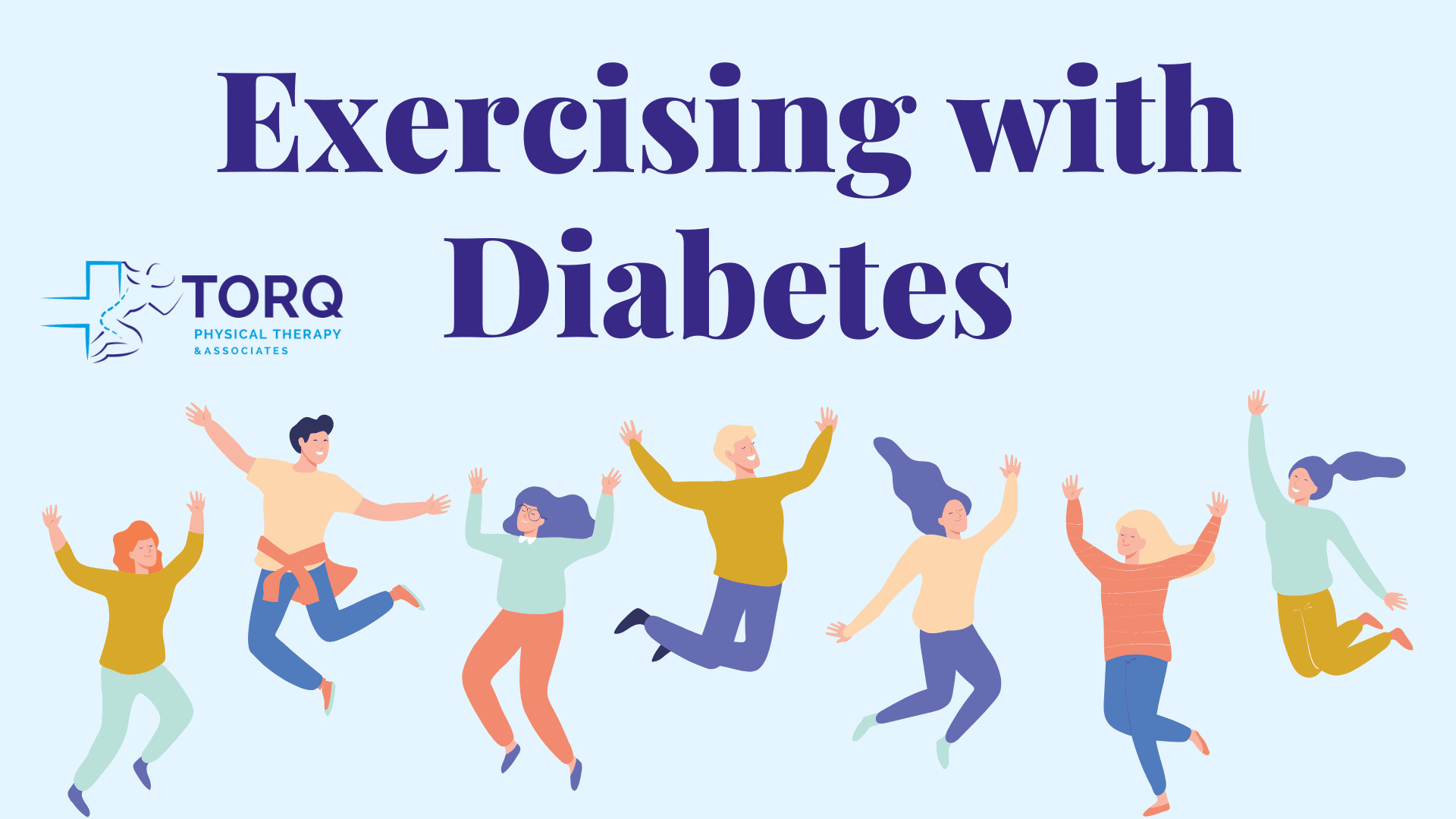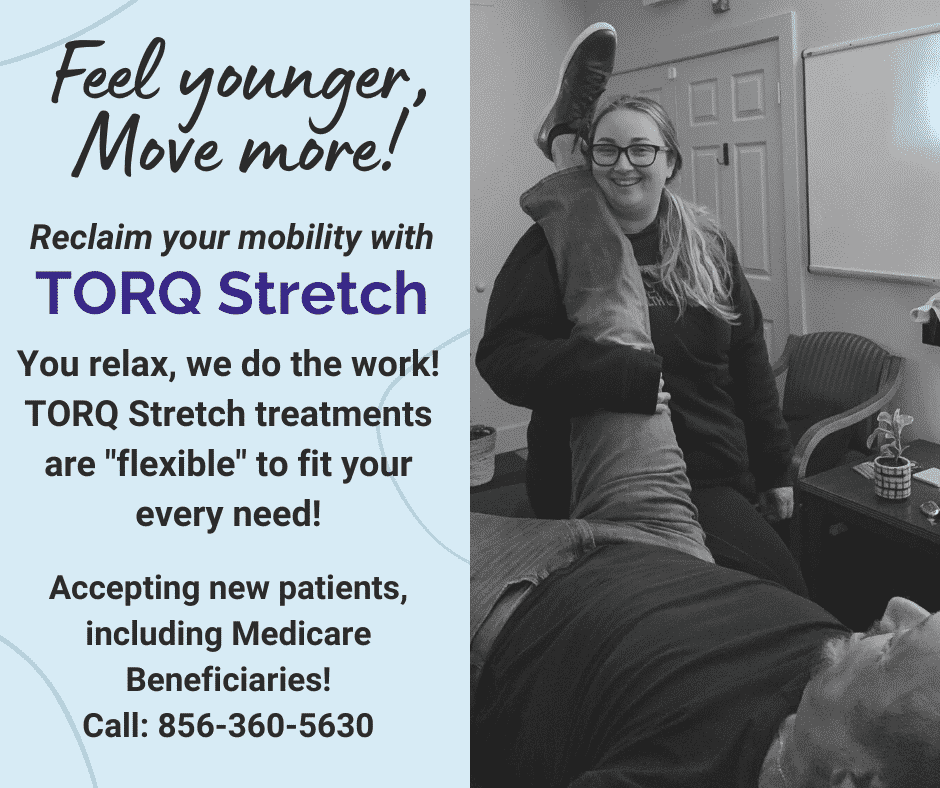Foam rolling has been a part of self massage for almost 100 years with the first patent being issued in 1928. Since then, manual therapies, such as massage, became popular in holistic and alternative care for pain. The way that we roll and the reason why we roll has changed in the recent years. I want to share with you the most up to date techniques for foam rolling.
The Old Way of Foam Rolling
We used to think that more pressure and more pain meant more changes in the underlying structures in your body. However, this is certainly not the case! The amount of force required to alter tissues is 2,000lbs per square inch. This is almost as strong as a bite from an American Alligator! (2,125lb per square inch) With the new way of foam rolling, less can actually mean more!
So to make this clear, you cannot alter the deep structures of the body, such as fascia or muscle, through foam rolling. In addition, you cannot alter these structures through massage guns, cupping, etc. What you can do is provide signals to the brain to help distract from pain, as well as help the underlying structures move more efficiently.
The New Way of Foam Rolling
The truth is, when it comes to foam rolling, you’re not only working on the muscles. You are also working on the skin and fascial tissue, nervous system, and the whole person!
The Skin, Fascial, and Muscle Tissues
Foam rolling compresses the tissue and releases fluid called hyaluronic acid. This fluid may sound familiar if you’ve ever used any skin products that help moisturize. This is because hyaluronic acid can help to not only moisturize skin, but it also functions to lubricate the muscles! This allows these tissues to be able to move more smoothly. (Think of it as WD40 for your tissues.)
The Nerves
Your nerves respond to different stimulus and send these signals to your brain. Nerves can respond to temperature, speed and rate changes, pressure, shear forces, and vibration. Depending on the technique you’re using when foam rolling, the nerves will sense the stimulus and send it to your brain.
The Whole Person
The old way of foam rolling used a philosophy in which you were only treating muscle. This is far from true, as humans are more than just muscles! Humans have emotions, feelings, beliefs, values, as well as the many intricate systems of the body!
Foam rolling brings curious attention and stimulation to the focus area, which can ultimately help to promote feelings of relaxation. This can happen while distracting the brain from pain and discomforting stimulation. People often experience no pain with rolling and this decreases the overall feeling of “threat” and emotions a person can have regrading their injury and pain.
Now that’s the groundwork of foam rolling. This is how you can put it all together.
Warm Up: This method warms up the muscles and excites the nerves, which brings attention to the specific area. In return, this can loosen the muscles up and prepare you for movement
To Perform: Roll fast with a light pressure on the roller. Light pressure can be considered anywhere from 1-3 on a scale from 0-10. Perform this technique for 90 seconds per muscle or target area. For added effect, perform this on muscles located above and below the target area, too!
Pain Relief: This method is used to distract and decrease the threat of pain on the body. The way this happens is by sending a different signal to your brain through the nerves in order to distract the brain from sending a pain signal to your body.
To Perform: Roll fast with moderate pressure on the foam roller. Anywhere from 3-6 on a scale of 0-10. This should be performed for 2 minutes per muscle or target area. For added relief, utilize a vibrating foam roller.
Recovery and Mobility: This method stimulates the deep nerve receptors, which promote muscle relaxation. This has many benefits including speeding recovery time, reducing muscle soreness, and preventing muscular fatigue.
To Perform: Scan the tissues by rolling fast and lightly until you locate a tender and tight area. Once you find the the target area, slowly move over the area with heavy pressure (7-10 on a scale of 0-10). It needs to be so slow that you almost question that you’re doing it correctly but I assure you it is correct! Perform this for 30 seconds per muscle or target area. For added affect, perform this on muscles above and below your target area. Additionally, using a vibrating foam roller can help to relax your muscles during this technique.
At TORQ Physical Therapy, we offer Recovery & Stretching appointments, where we focus on your body’s recovery and healing process. From there, we can teach you these foam rolling techniques as well as stretch any tight muscles in the body!
Disclaimer: We do not receive any commission for any products mentioned in this article, we simply are referring based on our personal preference and what we use in our clinic. If you have any questions regarding the different types of foam rollers, we would be happy to help!


